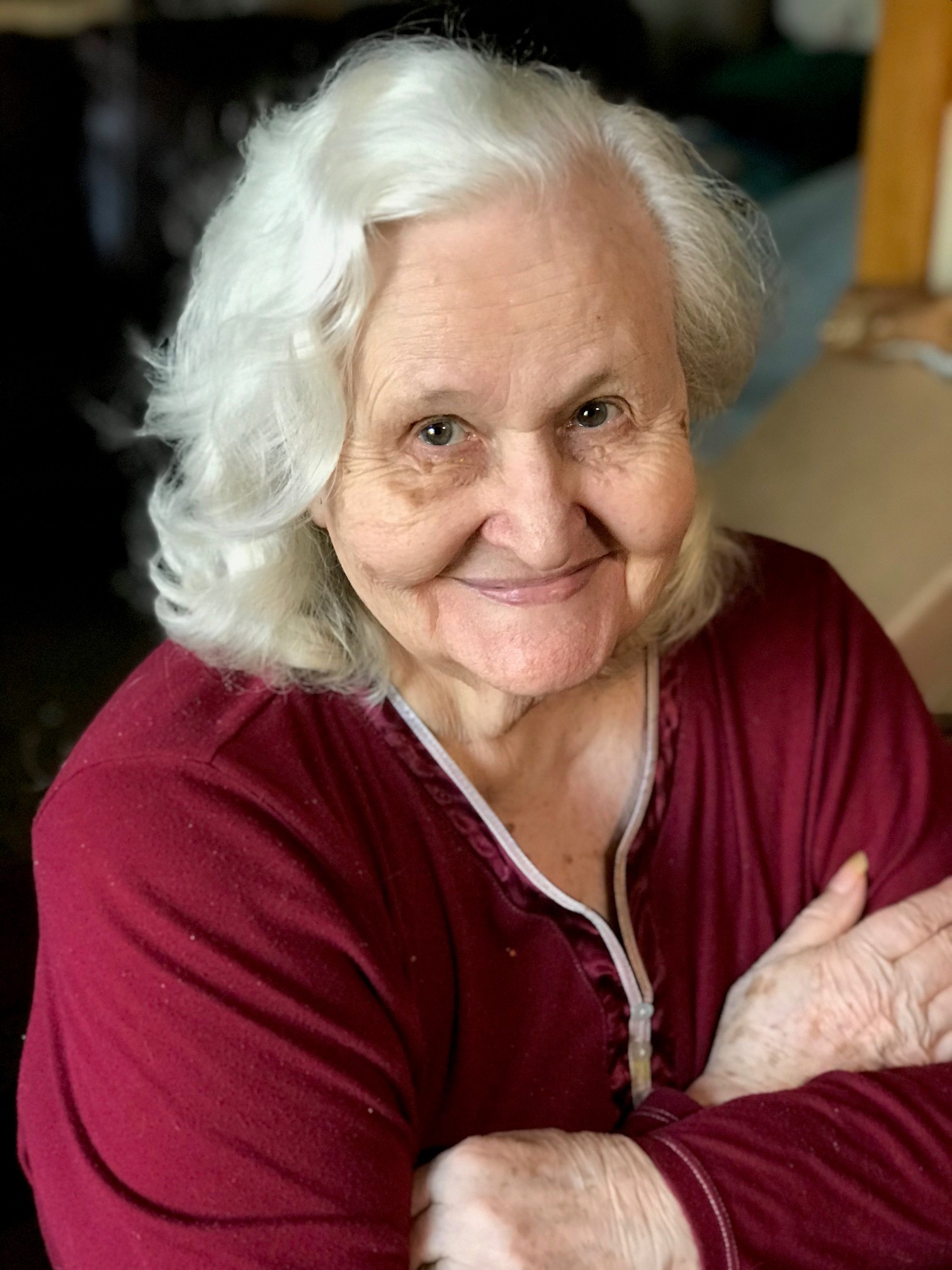When a cut continues to bleed
Published 8:00 am Tuesday, May 23, 2023
|
Getting your Trinity Audio player ready...
|
We associate the sight of blood with the severity of the injury. So we’re taught from a very young age that if a wound bleeds, we must clean it, bandage it and let the healing begin.
But what if the laceration or abrasion continues to bleed?
Blood is a connective tissue comprising cellular elements and an extracellular component through which our life flows. The cellular features include red blood cells, white blood cells and platelets. The extracellular fluid is called plasma. Plasma is primarily water and suspends the cellular elements so they may circulate throughout the cardiovascular system.
Trending
At the cellular level, blood delivers oxygen and nutrients throughout the body and removes waste. Within our blood, we also find our body’s primary defense mechanism, a self-regulating temperature system to guard against external conditions and a binding agent that attaches to injury sites of blood vessels preventing uncontrolled bleeding. If our body has difficulty controlling the way blood clots, then we likely have a bleeding disorder. These conditions can be life-threatening if left untreated.
Dr. Joe Stephenson is the Director of St. Luke’s Cancer and Infusion Center told me, “worldwide, only 234 thousand people have hemophilia, and 81% are male. Another 90 thousand have Von Willebrand disease, and 64 thousand have other bleeding conditions.” So, in a world of 8 billion people, bleeding disorders remain extremely rare.
WHAT MAKES BLOOD CLOT? Clotting factors are proteins in the blood that interact with small, specialized cells called platelets to form blood clots, our body’s means of stopping a bleed. Explained Dr. Stephenson, “A dysfunction with any of the agents in the clotting sequence can lead to a bleeding disorder.” Bleeding disorders can be inherited or acquired, cancerous or noncancerous. This article focuses on noncancerous blood disorders.
SYMPTOMS of a bleeding disorder include:
- unexplained and easy bruising
- heavy menstrual periods, and
- frequent nosebleeds
- excessive bleeding from minor cuts
- bloody stool
- joint pain
If you have any of these symptoms, consider visiting your doctor.
DIAGNOSIS AND TREATMENT will include a review of your symptoms, medical history, family history, risk factors, and comprehensive blood tests. Dr. Stephenson told me that “treatment will depend on the root cause of the disorder and may replacement therapy of clotting agents or medication.”
Earlier treatments for hemophilia included transfusions of factor VIII extracted from donor blood. However, we learned that blood-borne viruses, including hepatitis and HIV, could transmit through these products. Through improved screening and a significant discovery, science can now create synthetic blood factors by cloning genes responsible for producing the clotting factors. As a result, factor-replacement therapies today are pure and much safer.
Willebrand Disease is usually milder than hemophilia. With early diagnosis, people can lead routine, active lives and may not require treatment.
While some genetic bleeding disorders are lifelong and may not require ongoing treatment, your doctor may still recommend precautions during pregnancy or before a medical procedure.
Ultimately, a bleeding disorder diagnosis is made through a thorough review of symptoms, risk factors, medical history, family history and a complete physical exam that includes blood tests. If you believe you have a bleeding disorder, have your provider refer you to Dr. Stephenson at (828) 894-0111.
If you have a healthcare topic of interest or want to learn more about St. Luke’s Hospital, send me a note at Michelle.Fortune@slhnc.org. Also, please follow us on Facebook, Twitter, and LinkedIn, or visit our website at StLukesNC.org.






